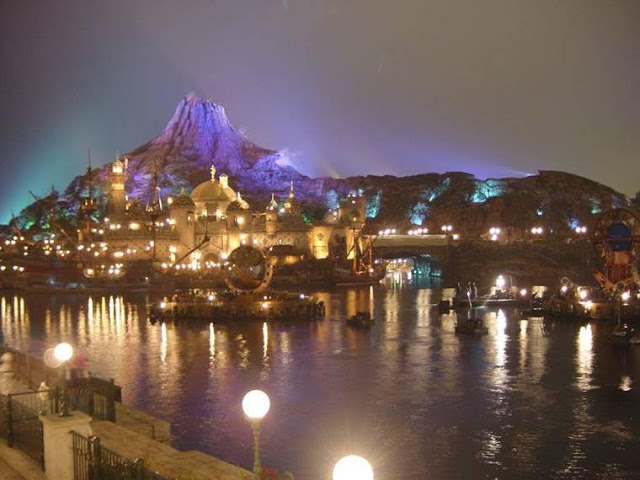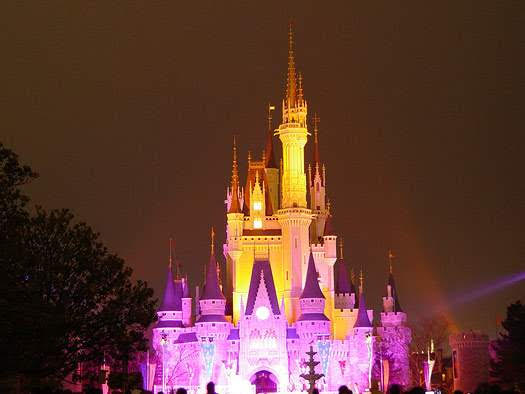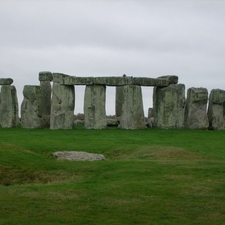Mammoth Cave (52,835 acres)
World’s Largest Cave is located in Kentucky, USA. It is assumed that 52,835 acres long cave was discovered by Frank Houchin who used to live nearby the cave. The cave is also famous for The Kentucky Cave Wars; it was a period of competition between local cave owners for tourist money. Private Citizens formed the Mammoth Cave National Park Association in 1926 which was later dedicated to National Park in 1941.
Jewel Cave (1,273.51 acres)
An estimated 109,000 people visit World’s Second Jargest Cave each year. Approximately 1,273.51 acres long cave is located in Custer County, South Dakota, USA. It was discovered in 1900; become national monument on 7th Feb, 1908. The Cave administration offers three different types of tour packages.
Optymistychna Cave (214 kilometers)
World’s third largest cave is located in village of Korolivka, Borschiv Raion, Ternopil Oblast, Ukraine. World longest gypsum cave was discovered in 1966 by a speleological club called Cyclope. The Ozernaya cave (eleventh longest cave in the world) is also located near to optymistychna.
Wind Cave (28,295 acres)
Likewise Jewel Cave, Wind Cave is also located in Custer County, South Dakota, USA. World’s forth largest cave was discovered by two brothers in 1881. Several roads run through the park and there are 30 miles (48 km) of hiking trails, so almost the entire park is accessible. The park had 591,049 visitors in 2006
Lechuguilla Cave (203 kilometers)
World’s fifth largest cave is 203 km long. It is located in Carlsbad Caverns National Park, New Mexico. The cave contains a large amount of gypsum, lemon-yellow sulfur, speleothems, soda straws, hydromagnesite balloons, cave pearls, subaqueous helictites, rusticles, U-loops and J-loops.





















































